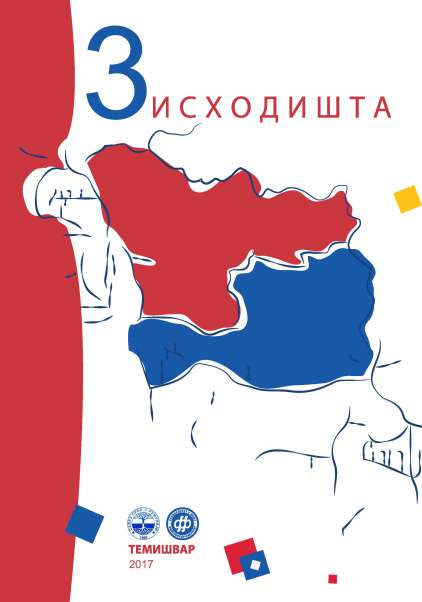БАРОКНИ ПЕСНИК ЖИВО БОЛИЦА И ПОЧЕЦИ КЊИЖЕВНОСТИ НА НАРОДНОМ ЈЕЗИКУ У БОКИ КОТОРСКОЈ У XVII ВЕКУ
BAROQUE POET ŽIVO BOLICA KOKOLJIĆ AND BEGINNINGS OF LITERATURE IN THE POPULAR LANGUAGE IN THE 17th CENTURY BOKA KOTORSKA
Author(s): Vladimir RoganovićSubject(s): Croatian Literature, Other Language Literature, 17th Century, Italian literature
Published by: Universitatea de Vest din Timişoara
Keywords: Literature in Boka Kotorska; Baroque; Živo Bolica Kokoljić;
Summary/Abstract: In the 17th century, literature in Boka Kotorska was created in Latin and Italian, and thus available to but a few literate and educated individuals. The Venetian-Turkish border had strictly divided the bay of Boka Kotorska into the eastern part, with Kotor as its focal point, and the western part, whose center was Herceg-Novi. As a consequence, literature on the two sides of the border developed with no mutual contact. The 17th century introduces several important features to the literature of the area, the most significant being the use, for the very first time, of the popular language, rather than Latin or Italian. The most substantial contribution to these developments was given by the Kotor patrician Živo Bolica Kokoljić (1599-1685), whose seventy “Illyrian verses", have distinguished him as the most prolific “slovinski” baroque representative of the Boka Kotorska literature. This study is an introduction to Bolica’s work and an analysis of its most meaningful characteristics, as well as an effort towards firmly establishing Bolica as one of the most influential poets of Boka Kotorska’s baroque. His opus, written in the popular language, remains highly relevant and valuable to the history of our literature. Discovered and attributed to their author more than three centuries after their creation, Bolica’s love poetry, as well as his reflective, satirical and pastoral poems are firmly embedded in the foundations of the Slavic literature of Kotor and our entire Coast. Following in Bolica’s footsteps, literature of Boka Kotorska in the popular language continued its industrious and fruitful development, reaching veritable artistic heights.
Journal: Исходишта
- Issue Year: 3/2017
- Issue No: 3
- Page Range: 369-378
- Page Count: 10
- Language: Serbian

